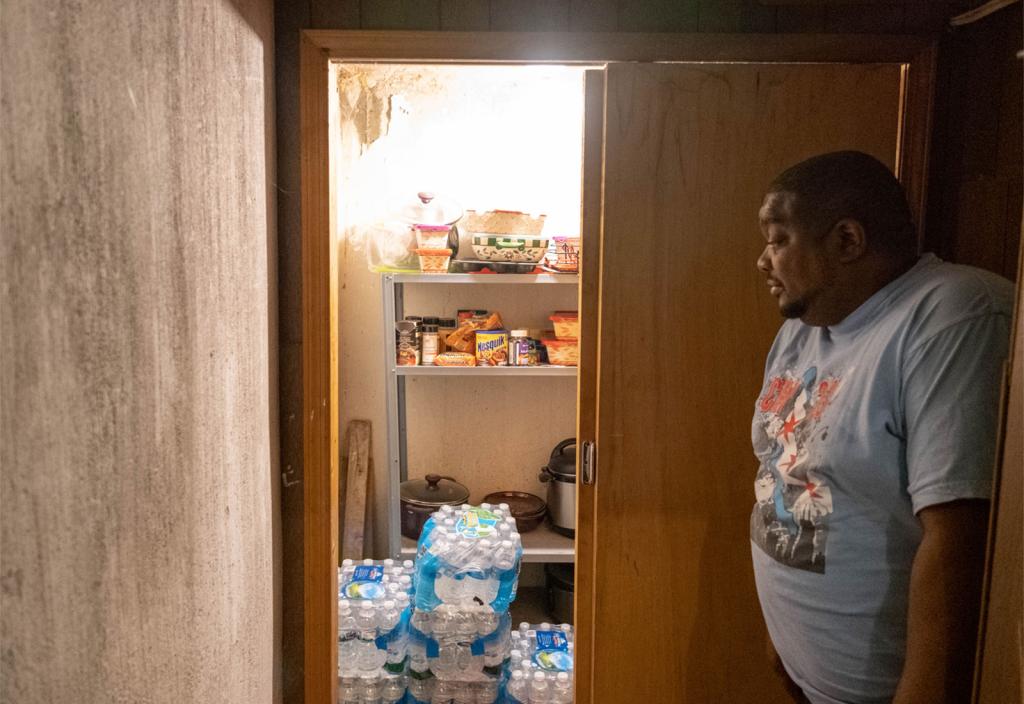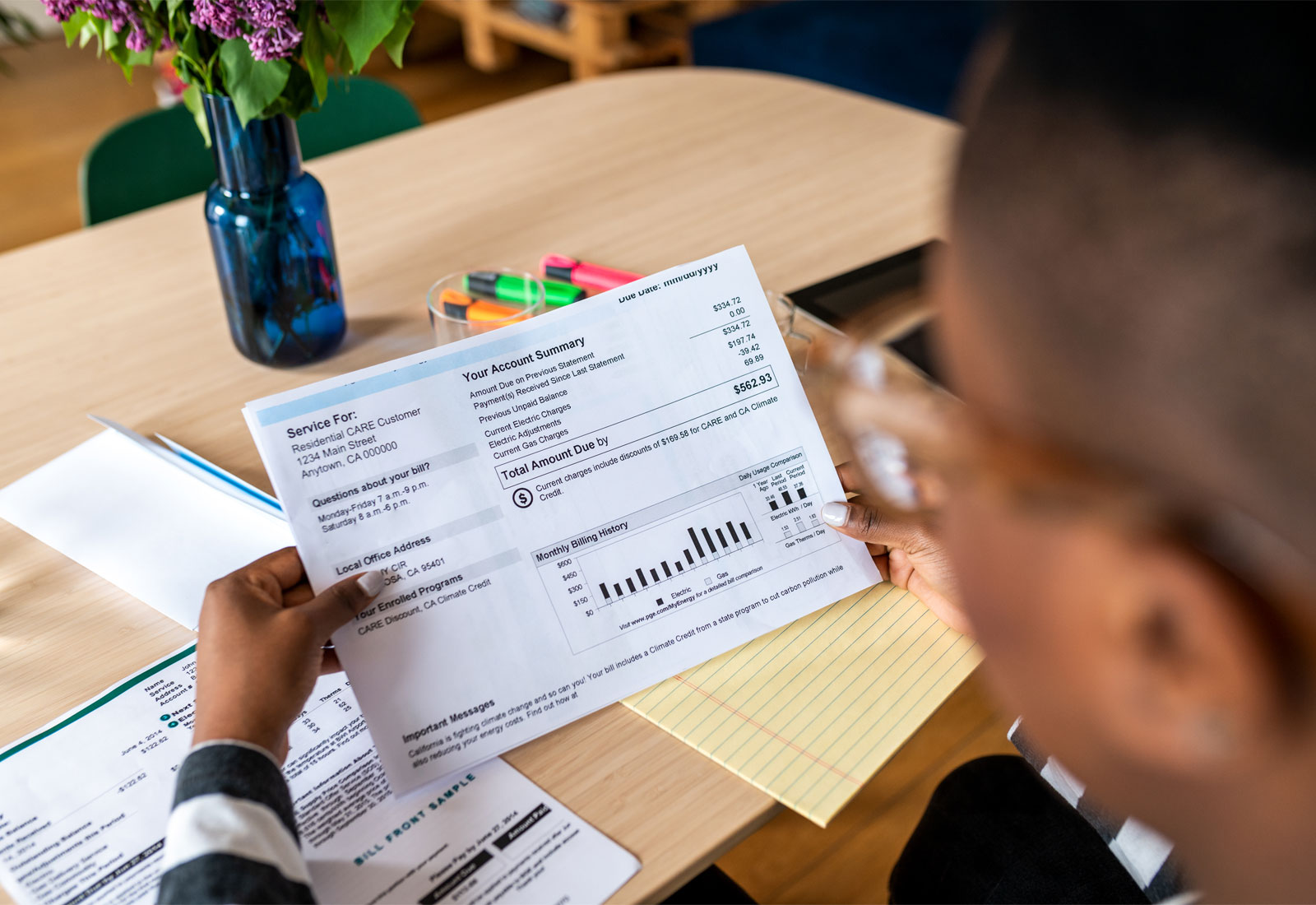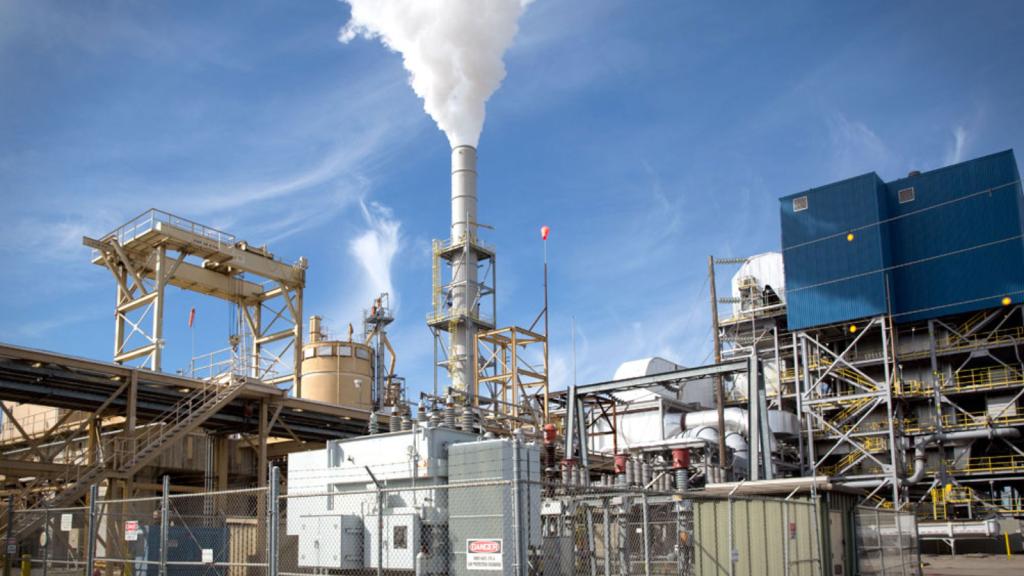Unemployment and the shift to remote work have confined many U.S. workers to their homes for much of the past year and half. But some are struggling to keep their homes adequately lit, heated, and cooled. According to a recent Census Bureau survey, more than 37 million Americans have been unable to pay an energy bill in the past year. The impact has been immediate: Since March of 2020, the Center for Biological Diversity estimates that more than a million U.S. homes have seen their utilities shut off–and as pandemic moratoriums on utility shutoffs expire, millions more are vulnerable to backlogged bills and potential shutoffs.
Clearly, more equitable approaches to energy are needed. Weatherization—modifications to buildings with the goal of increasing energy efficiency—offers a way to lower utility bills while cutting greenhouse gas emissions. It also brings the potential to create green jobs and improve the health and safety of American homes.
Unlike many other environmental issues, funding for weatherization tends to draw broad bipartisan support. For example, in Georgia, the non-profit Georgia Interfaith Power and Light (GIPL) has been working for the past two decades to mobilize a religious response to global warming. In 2010, GIPL established Power Wise, a program designed to help congregations reduce their carbon emissions by improving energy efficiency. Since then, the program has funded more than 400 energy efficiency projects and distributed nearly a million dollars in grant money.
“We believe one role of the faith community is to hold bad actors to account. We should be taking care of our communities, no matter what our political affiliations might be,” says Codi Norred, GIPL’s Executive Director.
A national movement to fund weatherization
Since 1976, the U.S. Department of Energy (DOE) Weatherization Assistance Program (WAP) has provided funds that help thousands of people every year to weatherize their homes. But according to the agency’s own estimates, less than one percent of qualifying low-income households are able to take advantage of WAP money each year. The main problem is a lack of funding: There simply isn’t enough money to help weatherize the majority of homes of those families most in need.
That’s why Dream Corps, a non-profit working to build a more sustainable and equitable society, is advocating for Congress to dramatically increase investment in WAP, with the goal of reaching $10 billion in funding. Green For All, the Dream Corps initiative devoted to addressing environmental, economic, and racial justice challenges, is also working to improve the coordination of federal, state, and utility-run programs that help people pay their energy bills. The goal is to make it easier for these programs to identify eligible households, helping people access funds for needed home repairs, weatherization, and utility bill relief.
Green For All estimates that if the federal government were to invest $10 billion dollars in low-income housing weatherization—the amount that the National Energy Assistance Directors Association believes is required to address the current need—it would generate more than 100,000 jobs. A recent Green For All report found that these jobs pay higher on average than the national median wage. They’re also accessible to workers who lack a higher education, and they tend to be local jobs that are difficult to outsource, providing job stability. And as Power Wise’s work shows, the appeal of such programs spans both sides of political aisles.
A major investment in weatherization funding would help those who are most strongly impacted by energy costs. Even before the pandemic, low-income households spent more than twice as much of their income on utilities as the median household. As Alexis Blizman, legislative and policy director at the Ecology Center, an environmental nonprofit in Ann Arbor, says, “Those with the lowest income suffer the highest energy burden.”
Addressing health and safety issues
Historically, many households eligible for weatherization funds have missed out on them due to pre-existing health or safety issues. These issues—such as leaky roofs, mold infiltration or knob-and-tube wiring—must be addressed before weatherization steps can be taken safely and effectively. The problem is that addressing them costs money. “The most vulnerable can’t afford to make these fixes. They’re trapped in a cycle that keeps their energy burden disproportionately high,” Blizman says.
A key component of Green For All’s advocacy is to make sure vulnerable households have access to both pre-weatherization and weatherization work. Recent work by the Ecology Center shows how effective such advocacy can be. In 2020, the organization participated in settlements with Michigan’s two largest energy utilities. As part of the settlement–which was reached in conjunction with the Natural Resources Defense Council and National Housing Trust of Michigan–the utilities agreed to improve the affordability of home weatherization for low-income households by devoting about $2 million each to health and safety pilot programs. The goal of these programs is to help low-income customers make home repairs and improvements necessary to begin the weatherization process.
In the last year, these programs have improved the safety and energy efficiency of more than 200 homes, leading to lower energy bills—and better health outcomes for the people living in them, including reduced exposure to asthma triggers like allergens, molds and dust mites. Blizman is working with the utilities to extend the pilots and is looking for state funding as well.
Weatherization programs such as these not only improve the health of vulnerable populations, but make their homes more resilient to extreme weather events. This is especially important in areas of the country that are subject to bouts of extreme heat or cold. California’s Central Valley, for example, experiences both ends of the temperature spectrum. A state-wide low-income weatherization program, backed by Green For All, is helping residents there keep the furnace running in the winter and the air conditioner running in the summer.
Emilio Rentana is just one of many Fresno residents to benefit from the programming in recent years. His home needed new windows to optimize the efficiency of his heating and cooling. “They came in and took measurements of the windows, and about a week later they came and installed the windows in a single day,” Rentana says. “It gives me a good feeling knowing there are people out there who care.”
Dream Corps Green for All works at the intersection of the environmental, economic, and racial justice movements to advance solutions to poverty and pollution. We advocate for strong, resilient, and healthy neighborhoods through policy work and empathy based storytelling that ensures as the clean economy grows, it brings good jobs, better health, and opportunity to historically underserved communities. Learn more by visiting www.thedreamcorps.org or follow us on Twitter @GreenForAll.




